HIGHLIGHTS
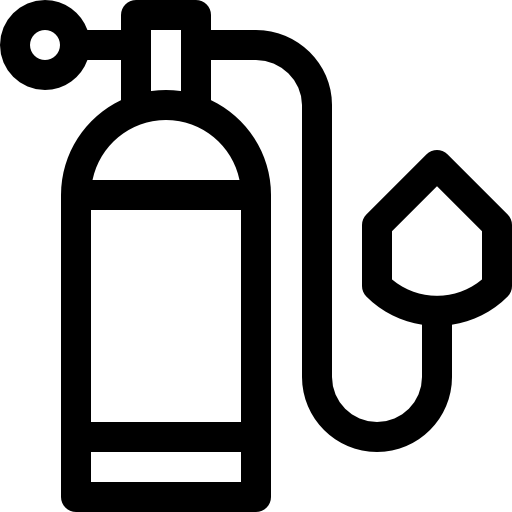
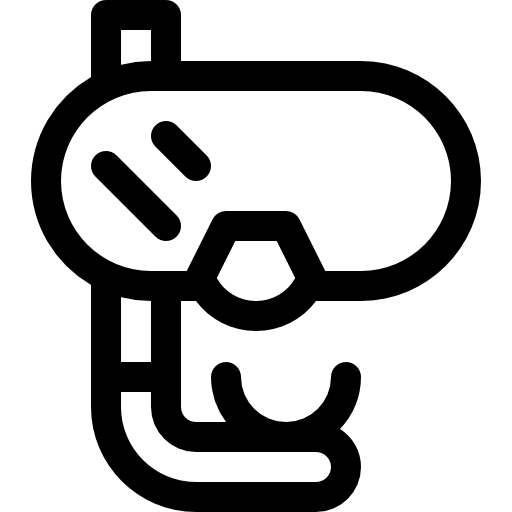



Get Your Bearings
You will feel Bonaire’s magic wash over you from the moment you arrive and throughout the days as you become attuned to Bonaire’s unhurried pace. On Bonaire, there is a peaceful ambiance for daily life, without the hassle of traffic lights, hustle and bustle, or normal, day-to-day worries. As they say on the island: “once a visitor always a friend”.
Our itineraries in Bonaire will be unique in that each day we will decide which of Bonaire’s almost 100 dive sites, snorkeling areas, beaches, or other activities we will visit, and then we will return to spend every night on a mooring ball along a small stretch of reef wall and waterfront lined with beaches, restaurants, bars and shops near the capital of Kralendijk. This is due to Bonaire’s various environmental, marine, and reef protection programs which prohibit boats from anchoring anywhere else along the island’s shores and reefs—these programs are the main reason Bonaire continues to be one of the top dive destinations in the world! It will also give our crews an opportunity to try more of Bonaire’s incredibly diverse and international cuisine which can be enjoyed at upscale beach restaurants as well as at many food trucks which have established themselves along the coastline.
Sustainable Tourism
With a resident population of barely over 20,000 welcoming over 160,000 annual tourists, one of the unique aspects of Bonaire is its commitment to sustainable tourism. Bonaire has a long history of nature preservation, and always seeks to find balance between environmental protection and growth, while maintaining nature and culture.
Bonaire was one of the first Caribbean islands to collaborate with the Reef Renewal Foundation Bonaire to conserve the reefs. By commencing a program for cultivating new corals, Bonaire will be able to preserve the reef’s genetic diversity. In this way residents, visitors and future generations will be able to enjoy an enriched marine environment.
But conservation and preservation is not limited to the marine environment. Bonaire continues to pursue initiatives that will reduce the CO2 effects on our planet. Through clean energy programs including wind, solar, biodiesel, and dedicated eco-friendly waste and water systems, Bonaire is one of the foremost Caribbean leaders in clean energy technology.
Bonaire is known to be the first Caribbean island to have a protected marine park, and with protection of nature as a cornerstone of their sustainable tourism policies; the island’s economic development plan is built on sustainability and 40% of the island uses clean energy.
Scuba Diving
For nearly 30 years Bonaire has been ranked as the number one Shore Diving Destination in the Caribbean/Atlantic in Scuba Diving Magazine’s Annual Readers’ Choice Awards. Bonaire boasts over 60 marked shore dives and almost 100 mooring dive sites that we can visit along the shorelines of Bonaire and its small offshore island, Klein Bonaire.
The Bonaire National Marine Park—which was established in 1979 and consists of the entire coastline from the high-water mark to a depth of 200 feet (plus a large mangrove forest in Lac Bay, on the island’s wilder east side)—was the first of its kind in the Caribbean.
Thanks to decades of protection, Bonaire’s reefs are host to an incredible number of species. More than 450 kinds of fish make their home here; Bari Reef alone has more than 300 species.
According to REEF founder Ned DeLoach, Bonaire’s stewardship has helped to make it home to 8 of the 10 “fishiest” reefs in the Caribbean region.
Divers can see colorful large sponges and sea fans, as well as explore quite a few shipwrecks, and encounter various marine life like turtles, barracudas, grouper, angelfish, butterflyfish, seahorses, crabs, eels, and more.
Amazing Dive & Snorkel Sites
One Thousand Steps
Right under the boat mooring you’ll see outstanding formations of star coral. They’re high rising pagoda-like structures with hollow cores where many reef creatures reside. Look inside for bluish eggs guarded by the slate colored male sergeant majors. Keep an eye out for hawksbill turtles and manta rays. Some have seen passing whale sharks here too.
Andrea 1 & 2
These sites are ideal for novice divers and snorkelers. You’ll find many anemones and soft corals, where both predator and prey like to hide. With a discerning eye, you’re likely to also discover seahorses on either dive site. Snorkelers and divers alike enjoy seeing huge parrot fish, each a different color and easy to identify: the blue parrot fish, the midnight and the rainbow—all over three feet in length.
Bari Reef
Boasting a large number of fish species, Bari Reef is an easy shore dive that is usually very calm with no current. You may see tarpon swim by, and can find seahorses and octopi on the colorful reef. This site is #1 in the entire Caribbean for the fish diversity with over 300 species sighted and surveyed.
Hilma Hooker
The origins of this internationally known wreck dive are the stuff of diving folklore. This drug-smuggling vessel was caught up in red-tape and legal limbo until it found its way to the ocean floor and the hearts of Bonaire’s divers in 1984.
The Hilma Hooker is a 236-foot Dutch freighter. This ship would change hands—and names—multiple times over the next two decades. Very long story short, the ship began facing technical difficulties in the summer of ’84 and was slowly taking on water off the coast of Bonaire when they requested to dock. However, authorities became suspicious of the ship when the crew failed to produce papers for customs immigrations officials. When customs checked in with international authorities they found both Interpol and the FBI had been tracking the vessel for months as a potential drug runner—prompting a thorough search.
Though tales tend to disagree on what exactly was the key evidence that tipped off the authorities, the result of their search is consistent: 25,000 pounds of marijuana were found stashed behind a false bulkhead.
Through all of this, the ship was still slowly sinking. Seeing an opportunity, local dive operators appealed to the government to sink the ship and create a new dive site, but unfortunately Hilma was now evidence in an active drug case, and if the owners were found not guilty, the ship would need to be returned to the owners in the same condition as when the authorities confiscated it —something that would be hard to do if the ship was sitting on the sea floor.
Unsurprisingly, the alleged owners had no interest in stepping forward in claiming their vessel and facing charges. Which also meant no one was paying for maintaining the ship in the meantime. Rather than let it sink in the harbor and become a hazard, it was eventually decided to drag it out and let it sink in a safe a suitable place for a new dive site. Thus the Hilma Hooker dive site was born.
Activities
Scooter Tour
One of the most popular ways of getting around Bonaire is by scooter. Renting a scooter is easy as they will take US and European driver’s licenses and automobiles drive on the right side of the road (like in the United States).
During a scooter tour we can visit the incredible pink salt flats. Salt is a major industry in Bonaire and it’s this industry and the process of evaporating sea water that has resulted in the pink lakes. Known as the Salt Pans, the pink lakes are located on the southern side of the island. Visitors can pull over on the side of the road to admire the clear blue ocean on one side and the pink lakes on the other, framed in the background by large white salt pyramids of harvested salt.
On the north side, Goto Lake is one of the few sites where pink flamingos nest, and is protected by the government. This has allowed for a pristine environment for the pink flamingos to breed and live, an environment that tourists can capture on camera as they drive to Rincon, the oldest town on the island.
Visit Downtown Kralendijk
Kralendijk is the capital city and main port of the island of Bonaire. In Dutch, it means “coral reef”. In Papiamentu (a Spanish-Portuguese-based creole language spoken in the Dutch Caribbean), the town is often called “Playa”. Kralendijk is a lively and colorful Caribbean town centre. Year round you can stroll the streets enjoying the Caribbean architecture while shopping in the main street Kaya Grandi and stopping for a cold beer at an open-air bar.
Caving & Kayaking Tour
These protected areas on Bonaire require a guide whom we can hire for the day.
We will adventure through dry caves filled with ancient stalactites and stalagmites, before continuing through the cavern to find a crystal clear grotto where visitors can snorkel.
We can also hop on a couple kayaks for a tour through one of the best-preserved mangrove forests in the Caribbean. Lac Bay’s Mangroves makes for a stunning experience and great photo opportunities. Thanks to the preservation of the mangroves, birds are plentiful here and large areas are covered with seagrass, which allows the bay to have clear waters and be home to queen conch shells, baby rays, baby seahorses, and lobster.
Washington Slagbaai National Park
The Washington Slagbaai National Park is located in the northern end of Bonaire. It comprises of two former land plantations, Washington & Slagbaai, totaling just under 14,000 acres.
These two plantations once supplied salt, charcoal, aloe extract, divi-divi pods, and goats for export to Curaçao and Europe. The plantation was secured in 1969, upon the death of the owner. He negotiated with the government to take over the plantation upon his death with the condition that it was to remain undeveloped for the enjoyment of the people.
We can rent a 4×4 and spend the day touring the park, spotting the native parrots, flamingos, parakeets, and iguanas before some hiking, cliff jumping, snorkeling, and scuba diving.
The Donkey Sanctuary
The Donkey Sanctuary is a non-profit created by owner Marina Melis to protect the donkeys that bred and multiplied after being left by the Spanish hundreds of years before.
Melis allows tourists in the Donkey Sanctuary for a small fee, which goes toward paying for the donkeys’ food and upkeep. Visitors can drive through the sanctuary by car, scooter, or bike or walk, and feed the donkeys a carrot or two. It’s hard to resist these adorable donkey snouts fighting for your attention as soon as you enter the gates.
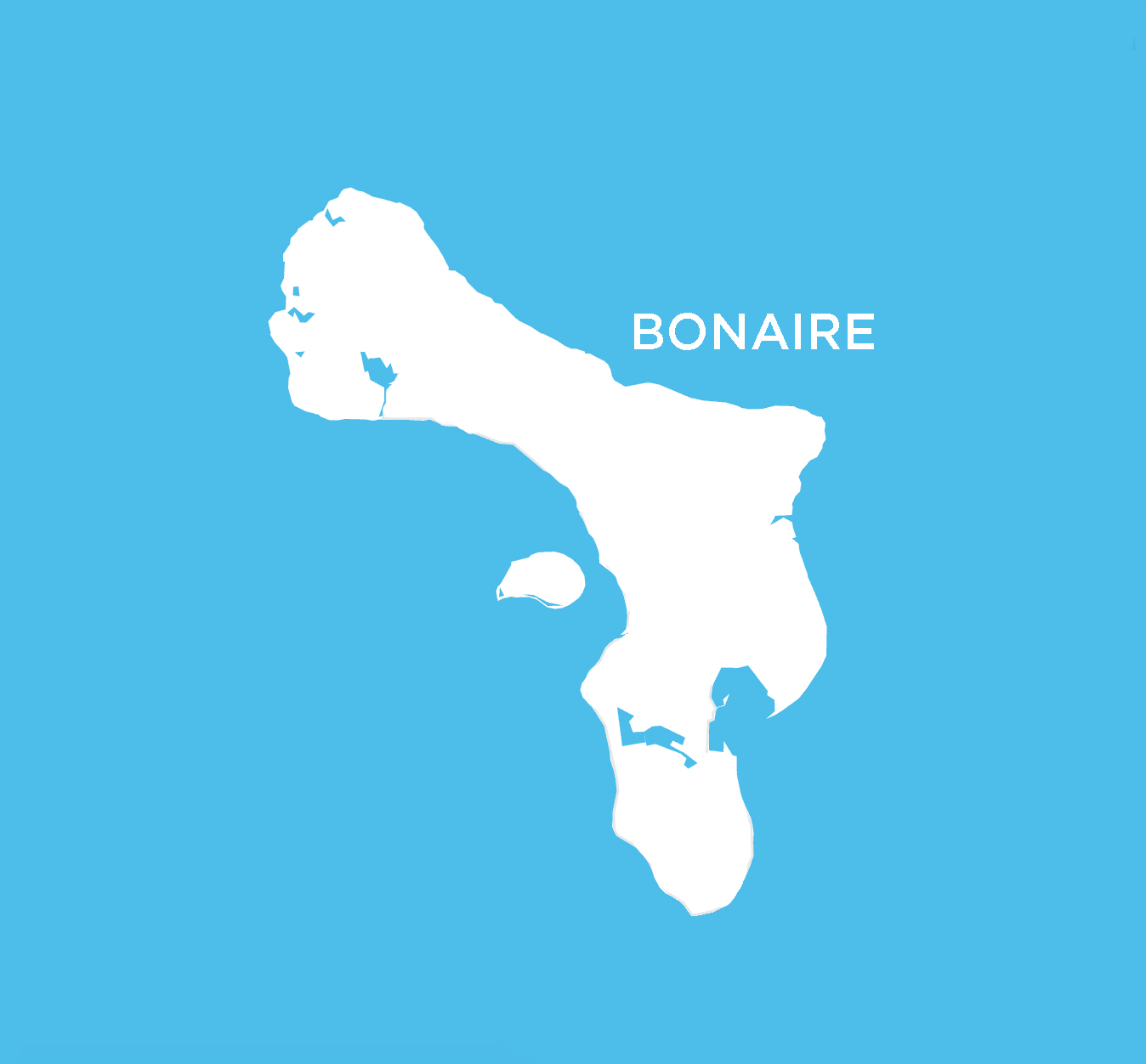
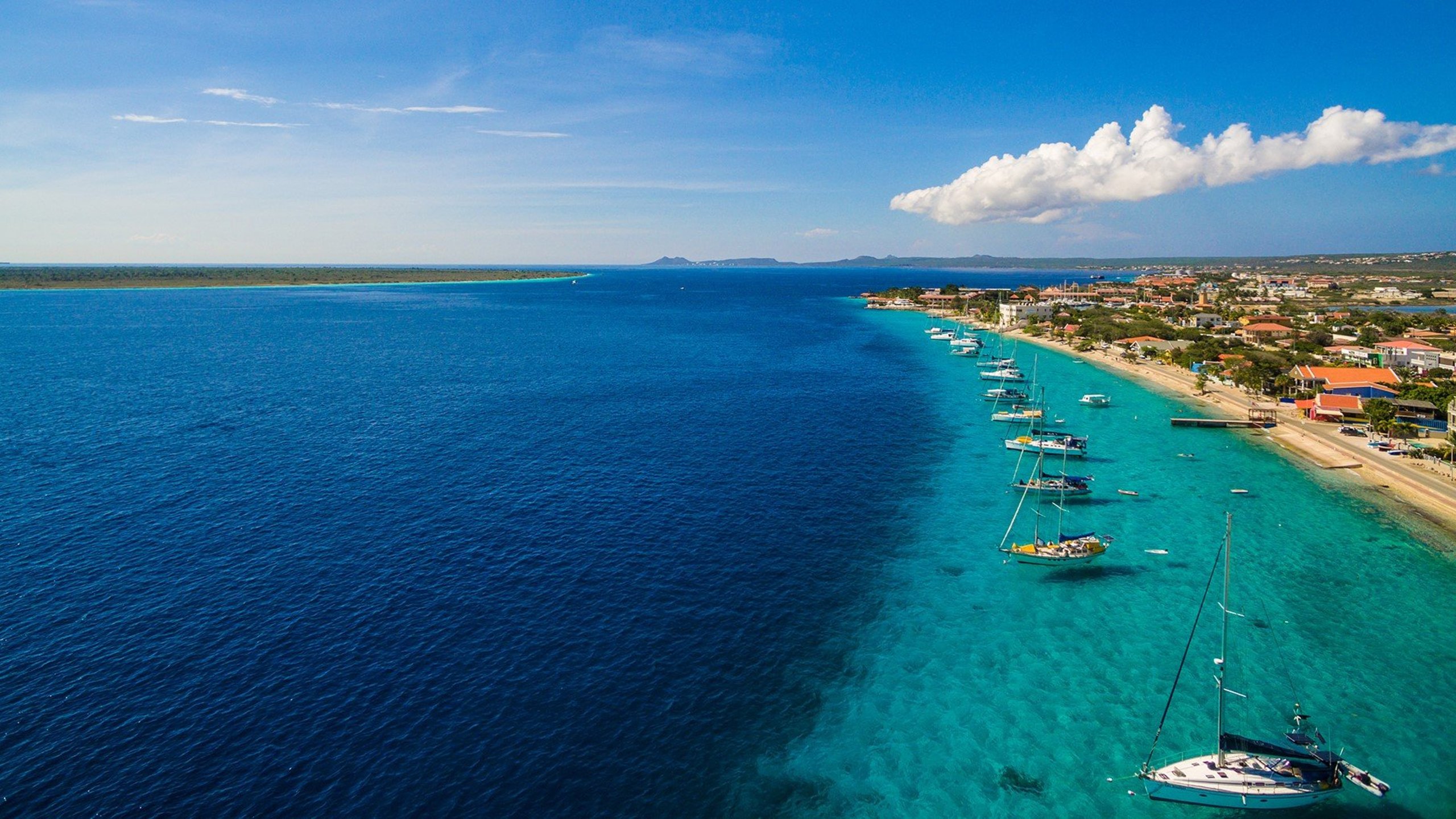
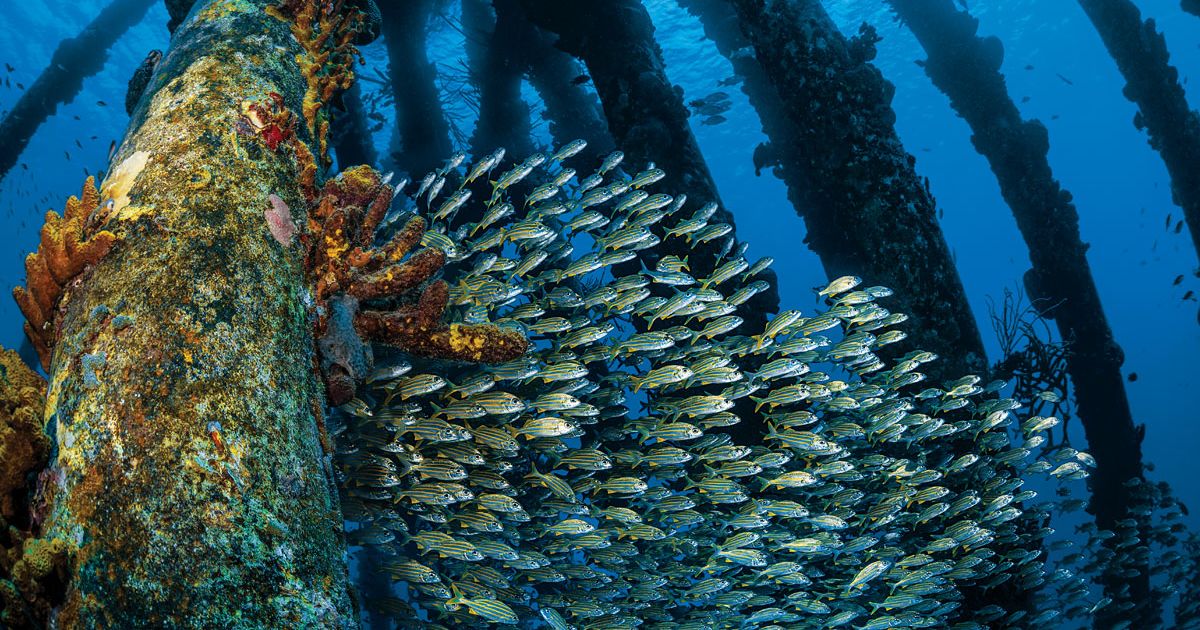
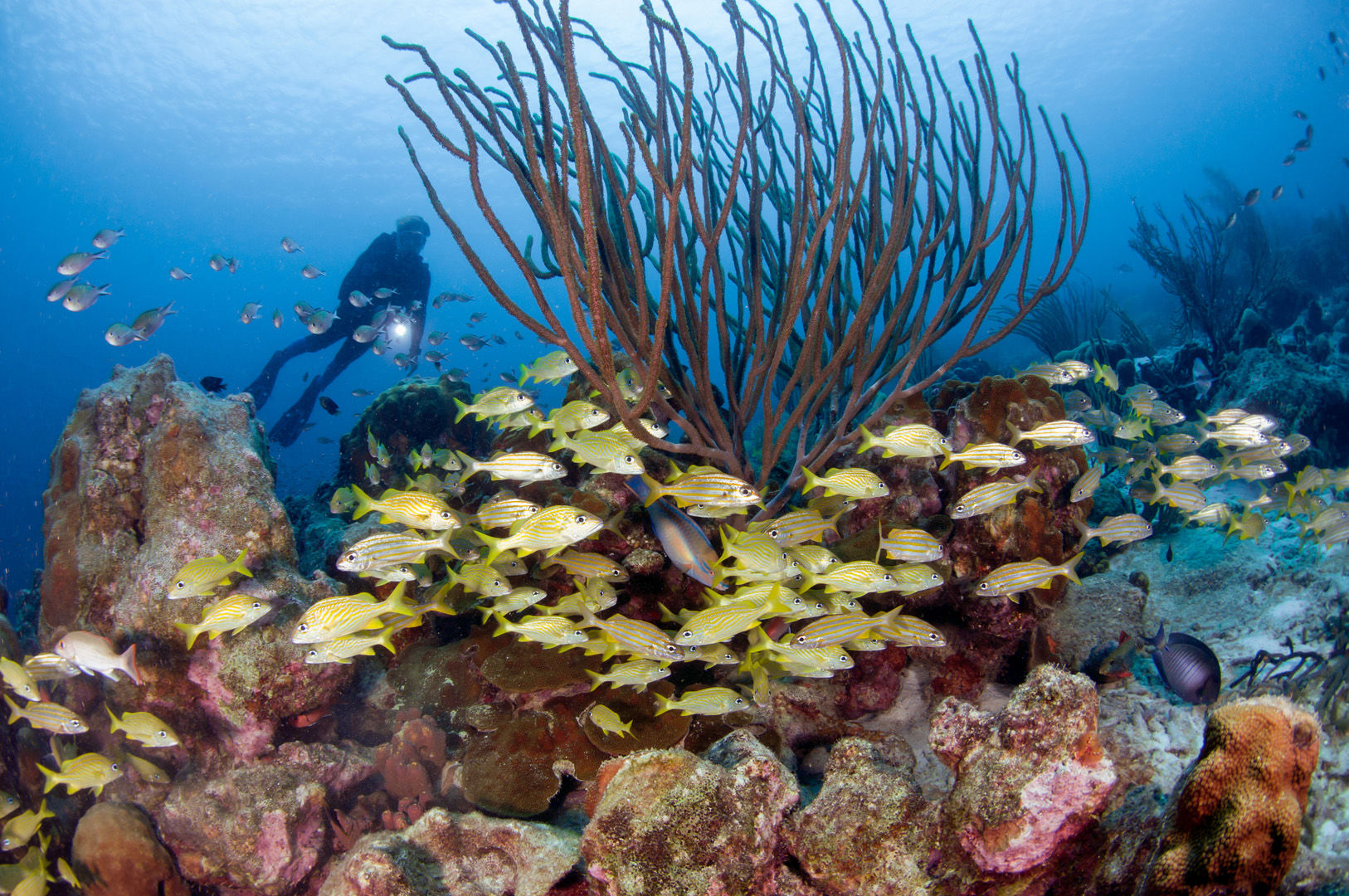
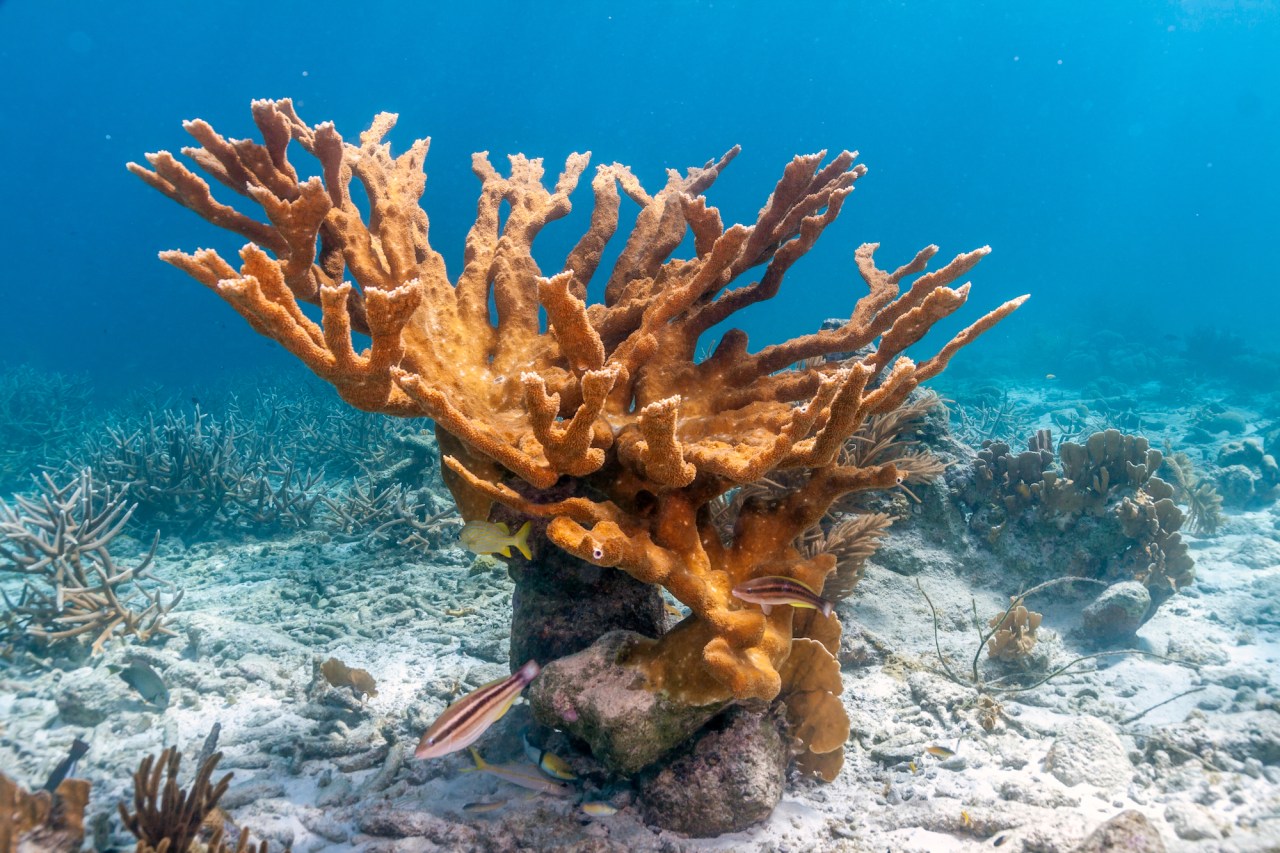
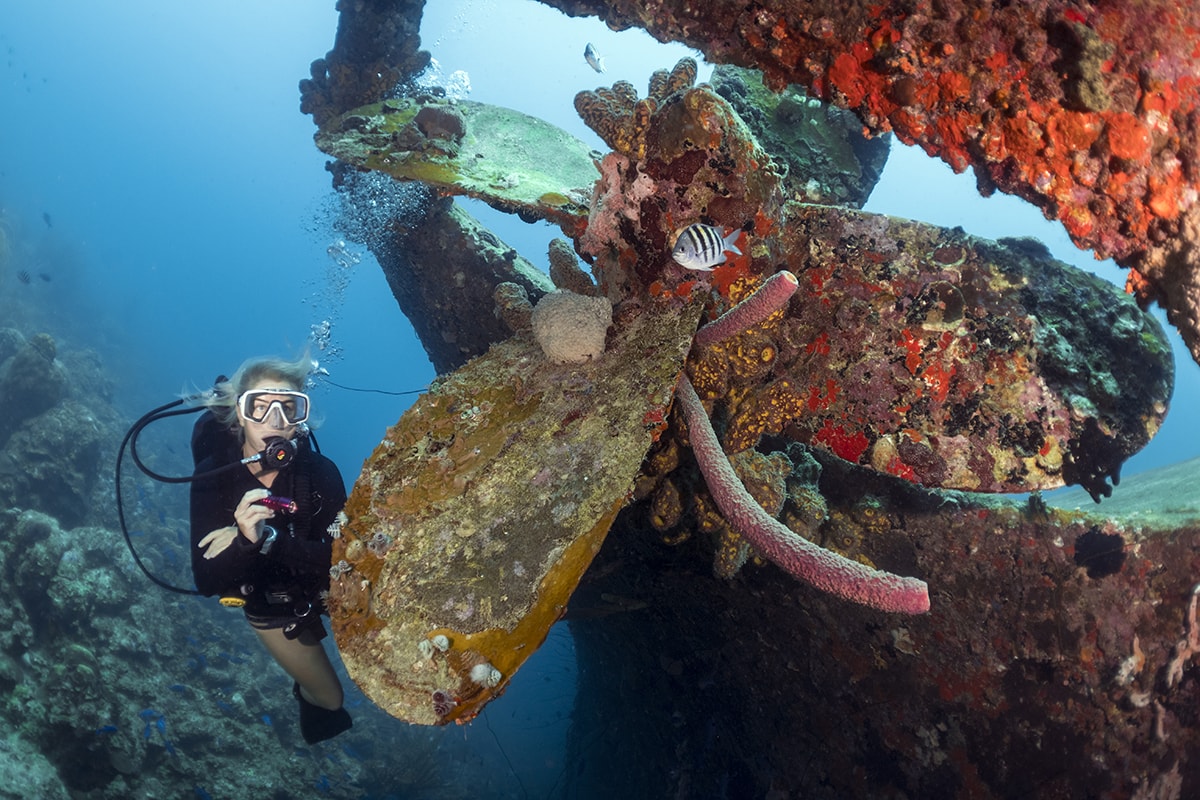
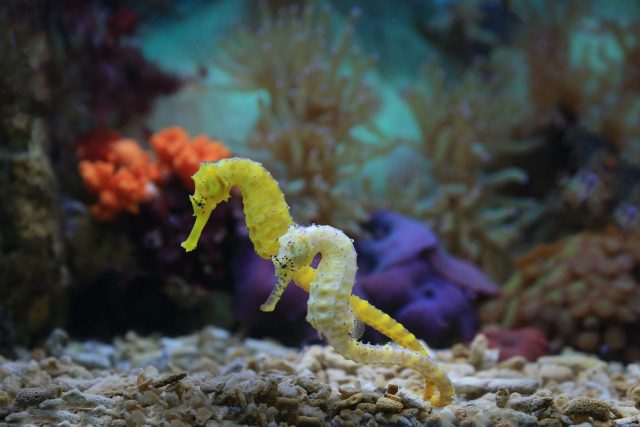
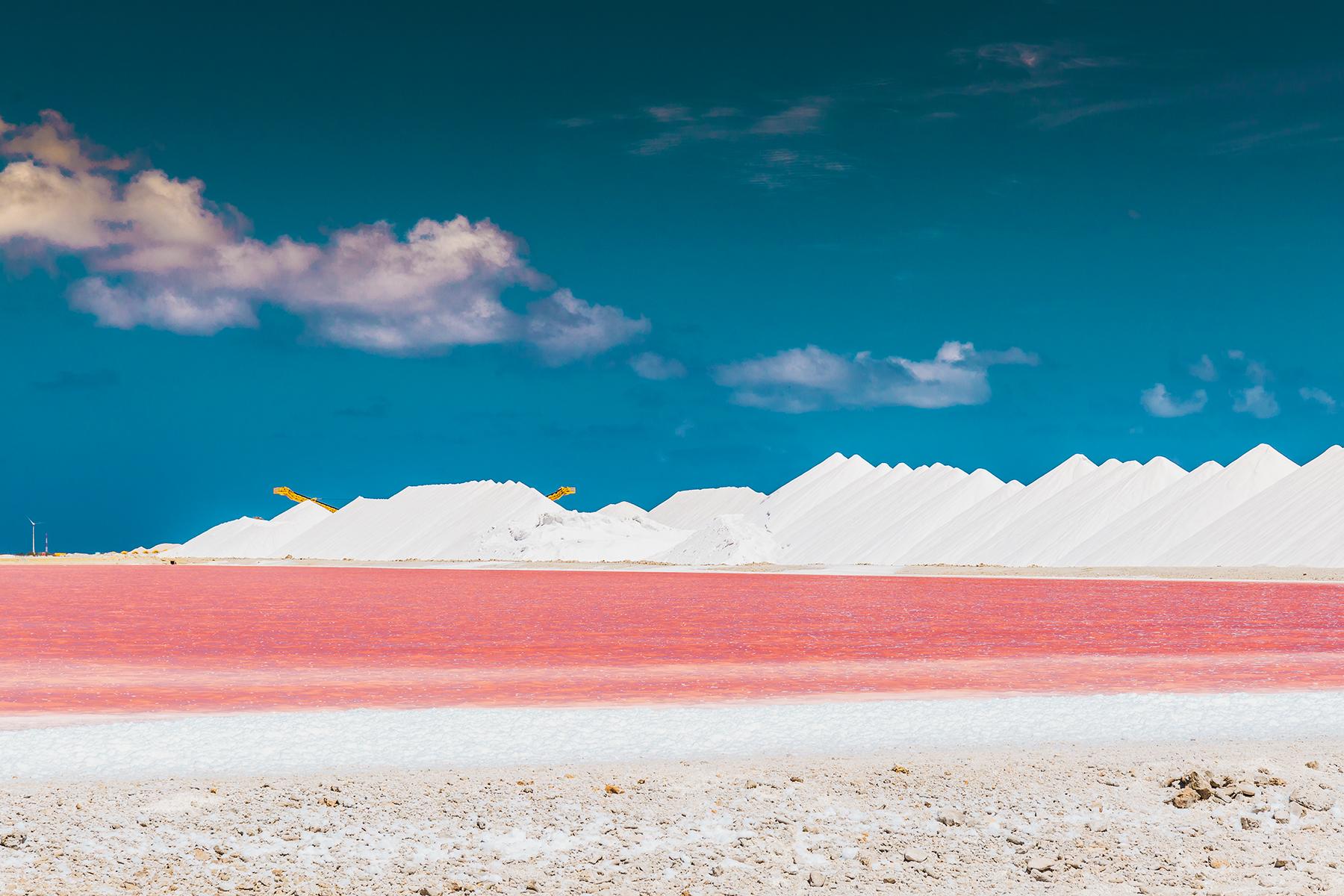
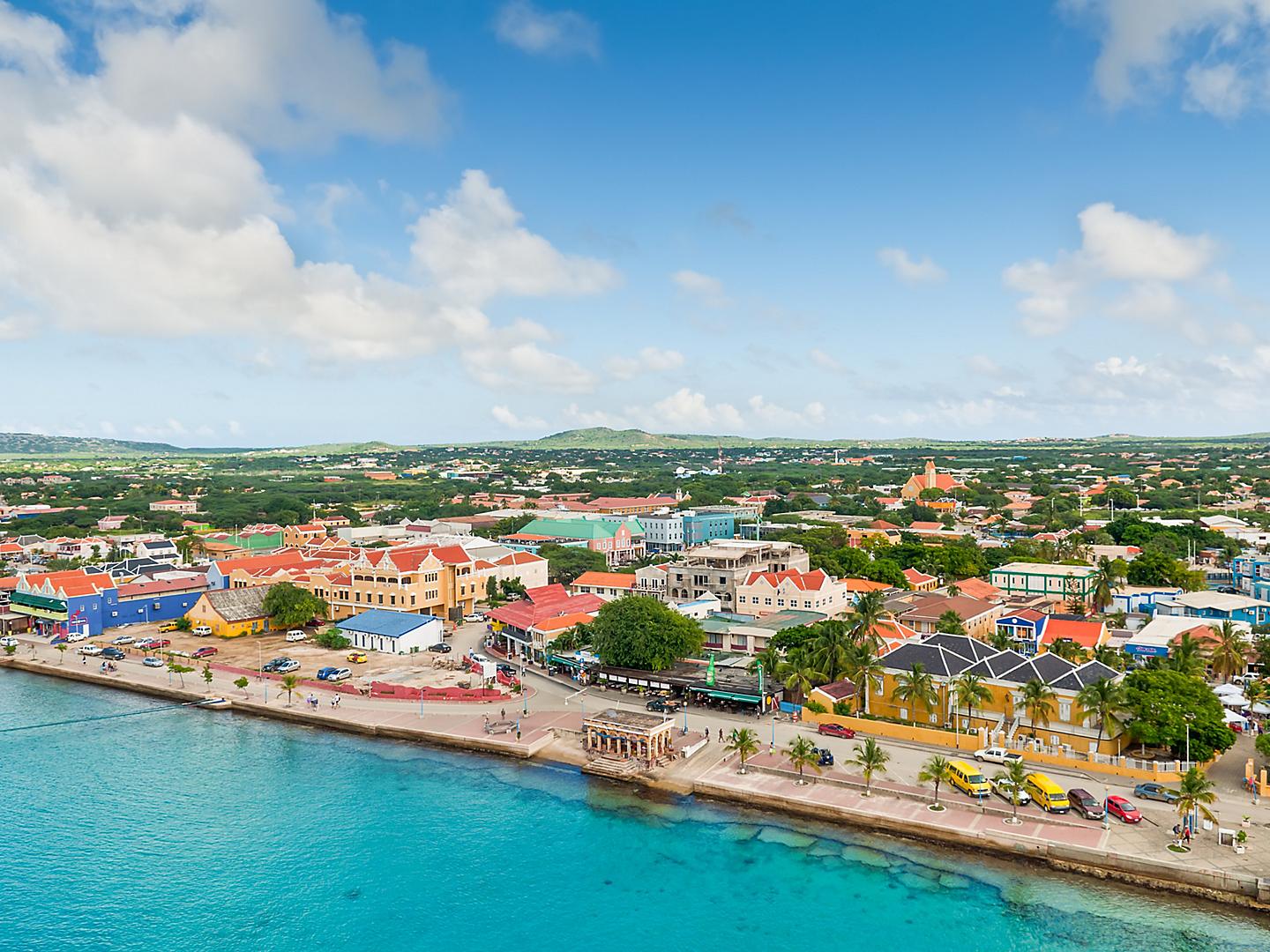
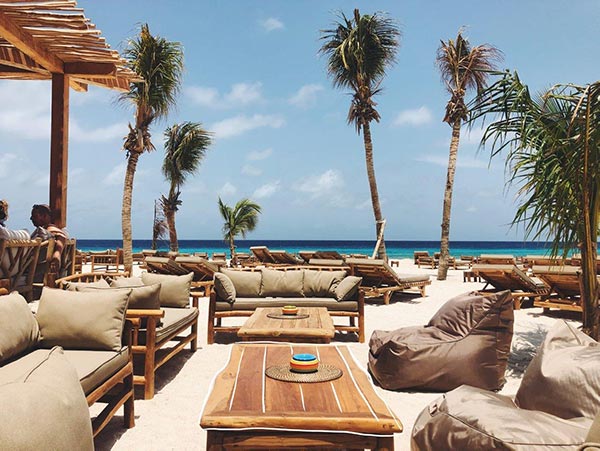
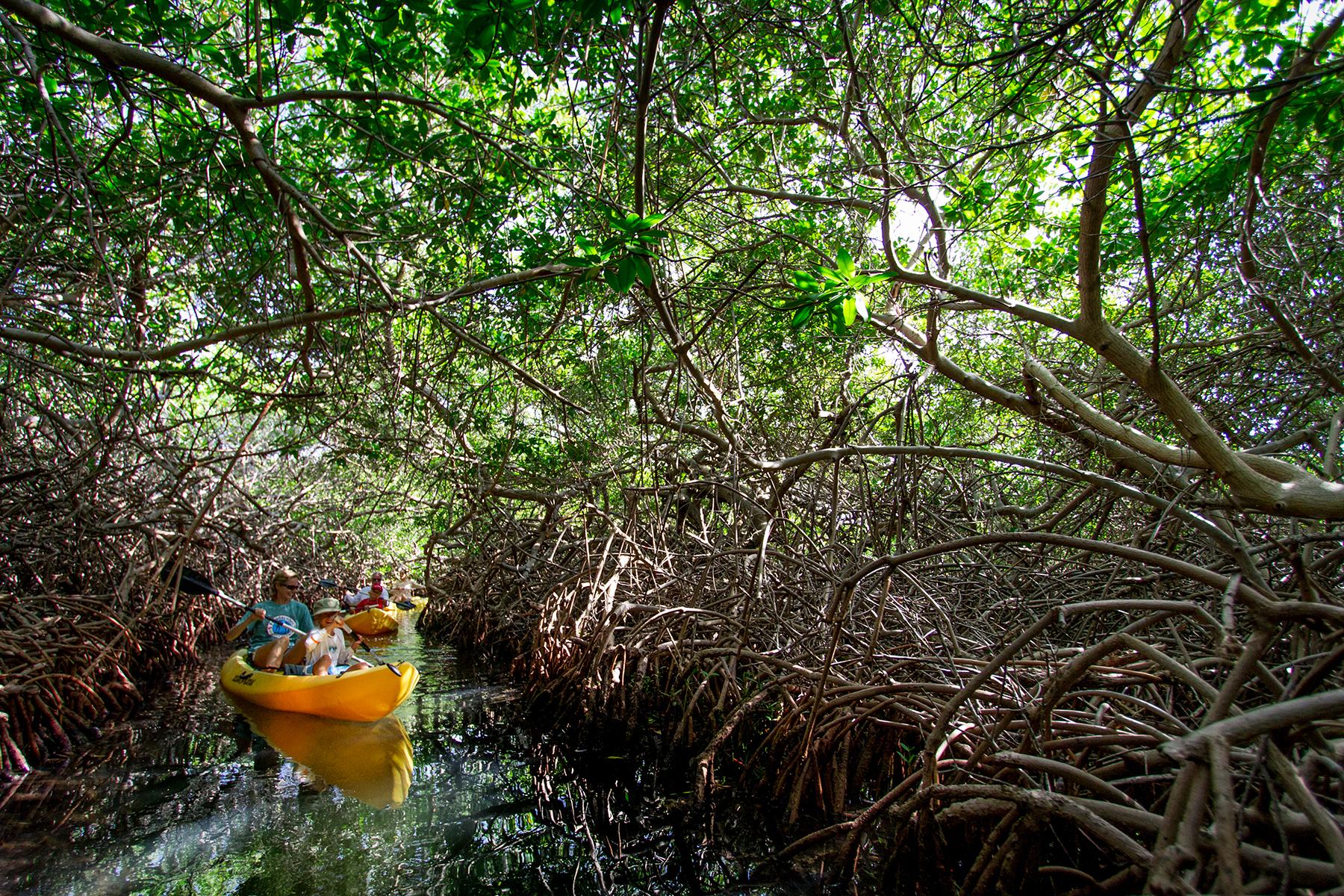
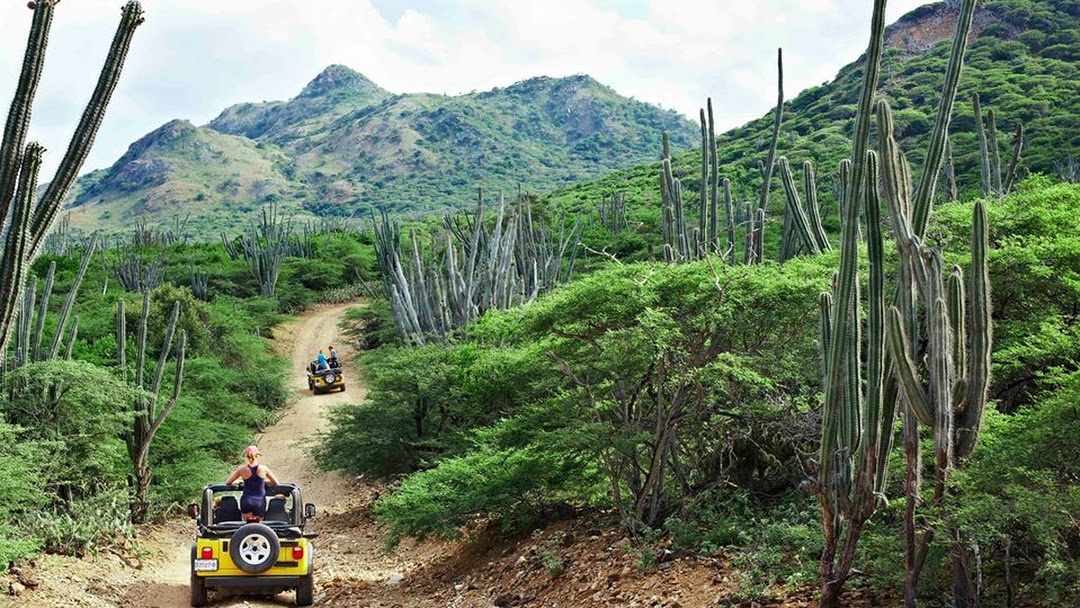

Get Your Bearings
You will feel Bonaire’s magic wash over you from the moment you arrive and throughout the days as you become attuned to Bonaire’s unhurried pace. On Bonaire, there is a peaceful ambiance for daily life, without the hassle of traffic lights, hustle and bustle, or normal, day-to-day worries. As they say on the island: “once a visitor always a friend”.
Our itineraries in Bonaire will be unique in that each day we will decide which of Bonaire’s almost 100 dive sites, snorkeling areas, beaches, or other activities we will visit, and then we will return to spend every night on a mooring ball along a small stretch of reef wall and waterfront lined with beaches, restaurants, bars and shops near the capital of Kralendijk. This is due to Bonaire’s various environmental, marine, and reef protection programs which prohibit boats from anchoring anywhere else along the island’s shores and reefs—these programs are the main reason Bonaire continues to be one of the top dive destinations in the world! It will also give our crews an opportunity to try more of Bonaire’s incredibly diverse and international cuisine which can be enjoyed at upscale beach restaurants as well as at many food trucks which have established themselves along the coastline.

Sustainable Tourism
With a resident population of barely over 20,000 welcoming over 160,000 annual tourists, one of the unique aspects of Bonaire is its commitment to sustainable tourism. Bonaire has a long history of nature preservation, and always seeks to find balance between environmental protection and growth, while maintaining nature and culture.
Bonaire was one of the first Caribbean islands to collaborate with the Reef Renewal Foundation Bonaire to conserve the reefs. By commencing a program for cultivating new corals, Bonaire will be able to preserve the reef’s genetic diversity. In this way residents, visitors and future generations will be able to enjoy an enriched marine environment.
But conservation and preservation is not limited to the marine environment. Bonaire continues to pursue initiatives that will reduce the CO2 effects on our planet. Through clean energy programs including wind, solar, biodiesel, and dedicated eco-friendly waste and water systems, Bonaire is one of the foremost Caribbean leaders in clean energy technology.
Bonaire is known to be the first Caribbean island to have a protected marine park, and with protection of nature as a cornerstone of their sustainable tourism policies; the island’s economic development plan is built on sustainability and 40% of the island uses clean energy.

Scuba Diving
For nearly 30 years Bonaire has been ranked as the number one Shore Diving Destination in the Caribbean/Atlantic in Scuba Diving Magazine’s Annual Readers’ Choice Awards. Bonaire boasts over 60 marked shore dives and almost 100 mooring dive sites that we can visit along the shorelines of Bonaire and its small offshore island, Klein Bonaire.
The Bonaire National Marine Park—which was established in 1979 and consists of the entire coastline from the high-water mark to a depth of 200 feet (plus a large mangrove forest in Lac Bay, on the island’s wilder east side)—was the first of its kind in the Caribbean.
Thanks to decades of protection, Bonaire’s reefs are host to an incredible number of species. More than 450 kinds of fish make their home here; Bari Reef alone has more than 300 species.
According to REEF founder Ned DeLoach, Bonaire’s stewardship has helped to make it home to 8 of the 10 “fishiest” reefs in the Caribbean region.
Divers can see colorful large sponges and sea fans, as well as explore quite a few shipwrecks, and encounter various marine life like turtles, barracudas, grouper, angelfish, butterflyfish, seahorses, crabs, eels, and more.
Amazing Dive & Snorkel Sites
One Thousand Steps
Right under the boat mooring you’ll see outstanding formations of star coral. They’re high rising pagoda-like structures with hollow cores where many reef creatures reside. Look inside for bluish eggs guarded by the slate colored male sergeant majors. Keep an eye out for hawksbill turtles and manta rays. Some have seen passing whale sharks here too.
Andrea 1 & 2
These sites are ideal for novice divers and snorkelers. You’ll find many anemones and soft corals, where both predator and prey like to hide. With a discerning eye, you’re likely to also discover seahorses on either dive site. Snorkelers and divers alike enjoy seeing huge parrot fish, each a different color and easy to identify: the blue parrot fish, the midnight and the rainbow—all over three feet in length.
Bari Reef
Boasting a large number of fish species, Bari Reef is an easy shore dive that is usually very calm with no current. You may see tarpon swim by, and can find seahorses and octopi on the colorful reef. This site is #1 in the entire Caribbean for the fish diversity with over 300 species sighted and surveyed.
Hilma Hooker
The origins of this internationally known wreck dive are the stuff of diving folklore. This drug-smuggling vessel was caught up in red-tape and legal limbo until it found its way to the ocean floor and the hearts of Bonaire’s divers in 1984.
The Hilma Hooker is a 236-foot Dutch freighter. This ship would change hands—and names—multiple times over the next two decades. Very long story short, the ship began facing technical difficulties in the summer of ’84 and was slowly taking on water off the coast of Bonaire when they requested to dock. However, authorities became suspicious of the ship when the crew failed to produce papers for customs immigrations officials. When customs checked in with international authorities they found both Interpol and the FBI had been tracking the vessel for months as a potential drug runner—prompting a thorough search.
Though tales tend to disagree on what exactly was the key evidence that tipped off the authorities, the result of their search is consistent: 25,000 pounds of marijuana were found stashed behind a false bulkhead.
Through all of this, the ship was still slowly sinking. Seeing an opportunity, local dive operators appealed to the government to sink the ship and create a new dive site, but unfortunately Hilma was now evidence in an active drug case, and if the owners were found not guilty, the ship would need to be returned to the owners in the same condition as when the authorities confiscated it —something that would be hard to do if the ship was sitting on the sea floor.
Unsurprisingly, the alleged owners had no interest in stepping forward in claiming their vessel and facing charges. Which also meant no one was paying for maintaining the ship in the meantime. Rather than let it sink in the harbor and become a hazard, it was eventually decided to drag it out and let it sink in a safe a suitable place for a new dive site. Thus the Hilma Hooker dive site was born.

Activities
Scooter Tour
One of the most popular ways of getting around Bonaire is by scooter. Renting a scooter is easy as they will take US and European driver’s licenses and automobiles drive on the right side of the road (like in the United States).
During a scooter tour we can visit the incredible pink salt flats. Salt is a major industry in Bonaire and it’s this industry and the process of evaporating sea water that has resulted in the pink lakes. Known as the Salt Pans, the pink lakes are located on the southern side of the island. Visitors can pull over on the side of the road to admire the clear blue ocean on one side and the pink lakes on the other, framed in the background by large white salt pyramids of harvested salt.
On the north side, Goto Lake is one of the few sites where pink flamingos nest, and is protected by the government. This has allowed for a pristine environment for the pink flamingos to breed and live, an environment that tourists can capture on camera as they drive to Rincon, the oldest town on the island.
Visit Downtown Kralendijk
Kralendijk is the capital city and main port of the island of Bonaire. In Dutch, it means “coral reef”. In Papiamentu (a Spanish-Portuguese-based creole language spoken in the Dutch Caribbean), the town is often called “Playa”. Kralendijk is a lively and colorful Caribbean town centre. Year round you can stroll the streets enjoying the Caribbean architecture while shopping in the main street Kaya Grandi and stopping for a cold beer at an open-air bar.
Caving & Kayaking Tour
These protected areas on Bonaire require a guide whom we can hire for the day.
We will adventure through dry caves filled with ancient stalactites and stalagmites, before continuing through the cavern to find a crystal clear grotto where visitors can snorkel.
We can also hop on a couple kayaks for a tour through one of the best-preserved mangrove forests in the Caribbean. Lac Bay’s Mangroves makes for a stunning experience and great photo opportunities. Thanks to the preservation of the mangroves, birds are plentiful here and large areas are covered with seagrass, which allows the bay to have clear waters and be home to queen conch shells, baby rays, baby seahorses, and lobster.
Washington Slagbaai National Park
The Washington Slagbaai National Park is located in the northern end of Bonaire. It comprises of two former land plantations, Washington & Slagbaai, totaling just under 14,000 acres.
These two plantations once supplied salt, charcoal, aloe extract, divi-divi pods, and goats for export to Curaçao and Europe. The plantation was secured in 1969, upon the death of the owner. He negotiated with the government to take over the plantation upon his death with the condition that it was to remain undeveloped for the enjoyment of the people.
We can rent a 4×4 and spend the day touring the park, spotting the native parrots, flamingos, parakeets, and iguanas before some hiking, cliff jumping, snorkeling, and scuba diving.
The Donkey Sanctuary
The Donkey Sanctuary is a non-profit created by owner Marina Melis to protect the donkeys that bred and multiplied after being left by the Spanish hundreds of years before.
Melis allows tourists in the Donkey Sanctuary for a small fee, which goes toward paying for the donkeys’ food and upkeep. Visitors can drive through the sanctuary by car, scooter, or bike or walk, and feed the donkeys a carrot or two. It’s hard to resist these adorable donkey snouts fighting for your attention as soon as you enter the gates.
EXPLORE
Have a play around on this interactive map of our route to explore more places and activities available during our trip.
ACCOMMODATIONS
Accommodations include use of the following:
- 3 queen cabins, each with private ensuite bath with electric toilet, wash basin and separate shower stall. All cabins have ample storage, a panoramic window, air conditioning, two fans, US 110v outlets and dimmable recessed lighting.
- Social areas include an upper deck lounge with sectional couch and sunbed area with 360 degree view. Forward deck has spacious lounge area with adjustable reclining seating, trampoline and sunning areas. Aft deck offers lounge area plus alfresco dining. Salon offers lounge area with coffee table plus flat screen TV with many movies and USB capabilities.
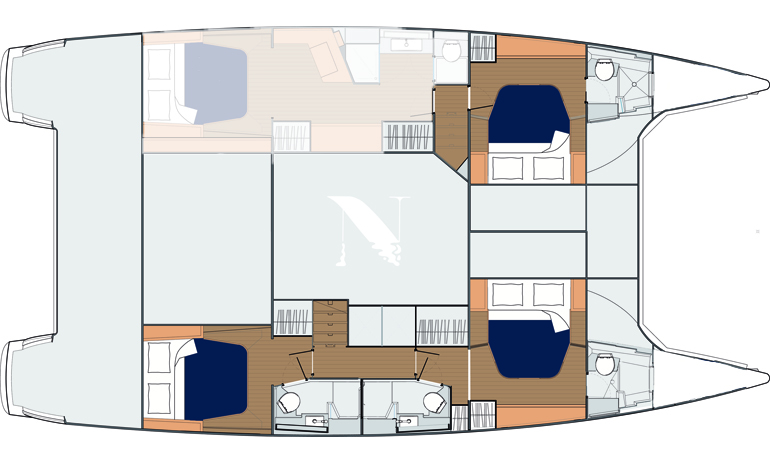
FYI
Flight info: arrive/depart Bonaire International Airport (BON), also called Flamingo International Airport
Currency: US Dollar
Electricity: On board Neverland is US 110v; ashore is 120v & 220v @ 50hz
Communications: Neverland has on board wi-fi with high speed internet available whenever we’re within range of mobile towers
We’ve got you covered: bath & beach towels, bedding, shower essentials, ScubaPro snorkel & dive gear, and dive lights
What to bring: soft-sided luggage, swimwear, sunscreen, beachwear, rain jacket, hat, sunglasses, music, books, camera, and personal snorkel/dive gear and wetsuit if you prefer
NEVERLAND CRUISES LLC
+1.305.912.SAIL
SAIL@NEVERLAND.CRUISES
SOCIAL
CONTACT
Send us a message below with thoughts or questions. Visit the contact page to inquire about a trip on Neverland.


